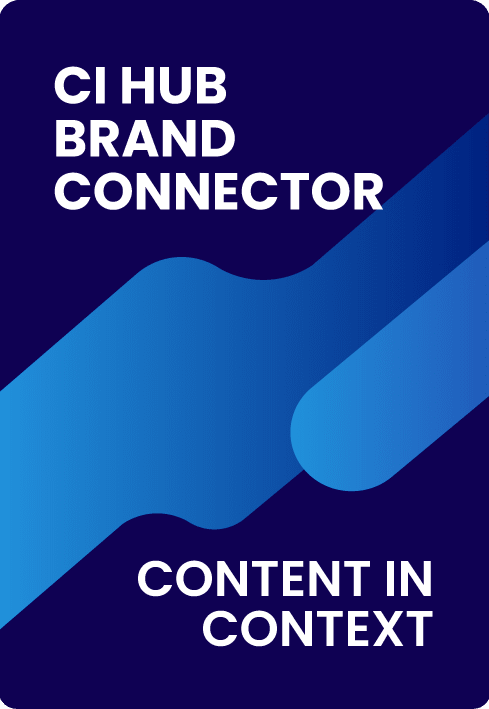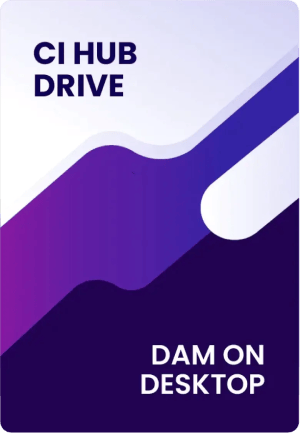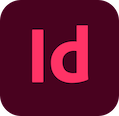The Challenge
Ever feel like there’s a piece missing from your digital ecosystem? Even with a good DAM or cloud storage system, work management can become unwieldy with multiple tools, team members and external stakeholders. Most teams end up hopping between systems to complete their work, find assets, and stay up to date with new tasks.
23 Minutes
Average time it takes most workers to get back on task after an interruption
3 Weeks
Average time per year marketers lose looking for the right assets.
Case Study: The Graphic Designer
A graphic designer does most of her work with Indesign, Photoshop and Illustrator - but her tasks are assigned in Asana. Her team’s folders are stored in Aprimo, but their key client uses Dropbox. Every week, she spends hours ‘window-hopping’ between systems looking for what she needs, but often finding delays and distractions…

The Solution
With the CI HUB Work Management System, our designer stays on-task and in focus.
Using the CI HUB Connector Professional, she can filter his tasks, work on designs, bring in graphics from external sources and even update existing assets.
When the work’s done, she can simply upload the design to the DAM or cloud storage, and set the task status to ‘done’. All without any ‘window hopping’ or distractions.

Work managing you? Try CI HUB.
Access
See your tasks within your work apps. Works on Adobe Creative Cloud, Microsoft 365, Google Workspace, Figma, & more!.
Integration
Open documents attached to your task directly in the application or place images from the task directly in your document.

Synchronization
Connect work management and digital asset stores within each app
Consolidation
You have everything in one easy-to-use interface. Your tasks, your images, your documents..
Referencing
Link images from your DAM or cloud storage to the task without creating a duplicate of the file.

Centralize
Manage everything within the app. No more distractions!
Fast
CI HUB is easy and intuitive to use-get started now!
Do you have questions?
We have the answers
Take your creative work to the next level.
Start free trial.webp?width=300&height=433&name=connector-professional%20(1).webp)




.webp?width=54&height=54&name=MS_Powerpoint%20(1).webp)
.webp?width=54&height=55&name=MS_Word%20(1).webp)
